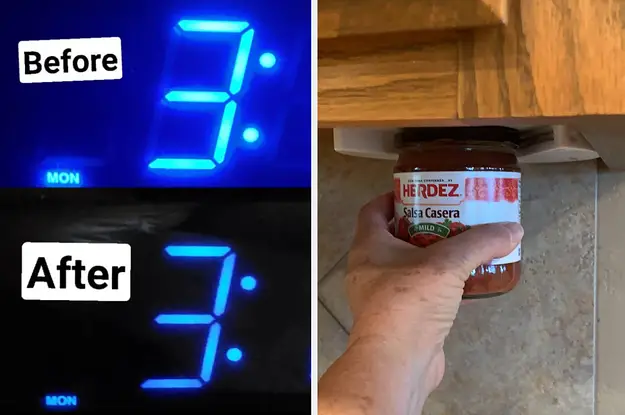Vega is a measure of the sensitivity of the option’s price to changes in the underlying asset’s volatility. A Greek letter shows how much the price of an option is likely to change for every 1% change in the implied volatility of the asset that the option is based on. What is vega in options? In general, options with high vega are more sensitive to changes in volatility, while options with low vega are less sensitive.
Consider a call option on a stock with a strike price of $50 and an implied volatility of 30%. If the vega of this option is 0.5, then the cost of the option is expected to increase by $0.50 for every 1% increase in the implied volatility of the underlying stock. On the other hand, the price of the option is expected to go down by $0.50 if the stock’s implied volatility goes down by 1%.
It is hard to say what a “good” vega is for options because the right vega for each option will depend on the trader’s specific situation and goals. Here are a few points to consider:
- A higher vega indicates that the option’s value is more sensitive to implied volatility changes, so a high vega option may be more suitable for a trader anticipating a significant difference in volatility.
- A lower vega indicates that the option’s value is less sensitive to implied volatility changes so a low vega option may be more suitable for a trader seeking a more stable, predictable return.
- Some traders may prefer options with a high vega because they offer the potential for more significant profits if the underlying asset’s implied volatility increases. However, it is essential to remember that high-vega options also carry a higher level of risk, as they are more susceptible to losses if implied volatility decreases or does not change as expected.
How to Calculate Vega for Options?
To calculate the vega of an option, you can use the following formula:
Vega = ∂V/∂σ
Where:
V is the option’s price
∂V/∂σ is the partial derivative of the option’s price for the volatility of the underlying asset (also known as the vega of the option)
To calculate the vega of an option, you will need to know the option’s price and the underlying asset’s volatility. You can use a financial calculator or a spreadsheet program to do the calculation. You can also use an online option pricing calculator or a piece of software like Black-Scholes or Monte Carlo simulation that has an option pricing model.
It’s important to remember that this formula assumes that all other factors, like the strike price, expiration time, and risk-free interest rate, stay the same. If these factors change, the Vega of the option will also change.
The Black-Scholes Option Pricing Model
Vega is a critical component of the Black-Scholes option pricing model. It is a mathematical model that is used to figure out the fair price or theoretical value of a European call or put option, assuming that volatility stays the same, there are no dividends, and markets work well.
Fisher Black and Myron Scholes came up with the model in 1973. Since then, more research has been done to improve it. It is widely used in the financial industry to price options on stocks, currencies, commodities, and other financial instruments.
It is based on a few key beliefs, such as the idea that the price of the underlying asset moves in a geometric Brownian motion and that the risk-free interest rate stays the same. Given these assumptions, the model can calculate the cost of an option as a function of the underlying asset’s price, the option’s strike price, the time to expiration, the risk-free interest rate, and the asset’s implied volatility.
The formula for vega under this model is given by:
Vega = S * N'(d1) * sqrt(T)
Where:
S is the price of the underlying asset
N'(d1) is the derivative of the standard normal cumulative distribution function for d1
T is the time to expiration of the option in years
d1 = (ln(S/K) + (r + sigma^2/2) * T) / (sigma * sqrt(T))
Here, r is the risk-free interest rate, and sigma is the volatility of the underlying asset’s returns.
Vega’s Potential Risks
There are several risks associated with vega for options:
Liquidity risk:
Options with a high vega may be less liquid than options with a low vega, so it may be more difficult for traders to buy or sell them in the market. It can lead to liquidity risk, as the trader may need more time to exit the position.
Credit risk:
If the trader sells options (i.e., short vega), they are exposed to credit risk. There is a risk that the counterparty to the trade will not be able to pay the option premium if the option goes against them.
Conclusion
In conclusion, it’s important to note that the concept of a “good” Vega will depend on an individual trader’s goals and risk tolerance. Some traders may like options with high Vega because they think the underlying asset will become more volatile in the future. In contrast, others may select options with low Vega because they prefer to trade in a more stable market. Ultimately, the best Vega for an option will depend on the specific circumstances and goals of the trader.
Source link










Leave a Reply